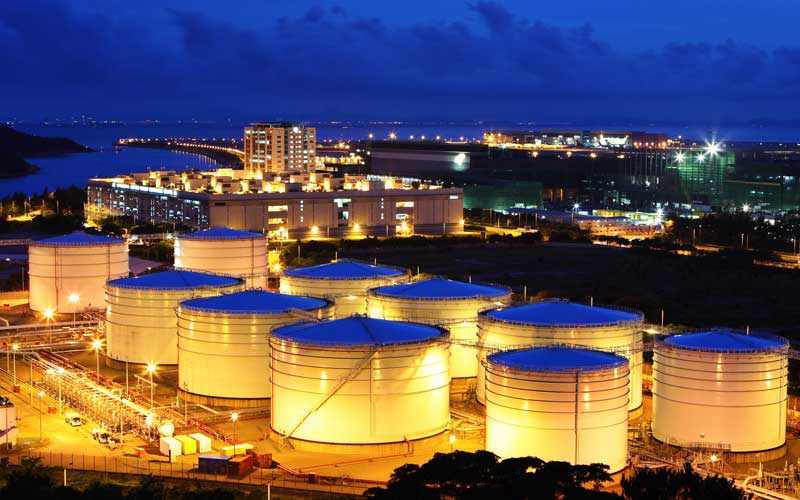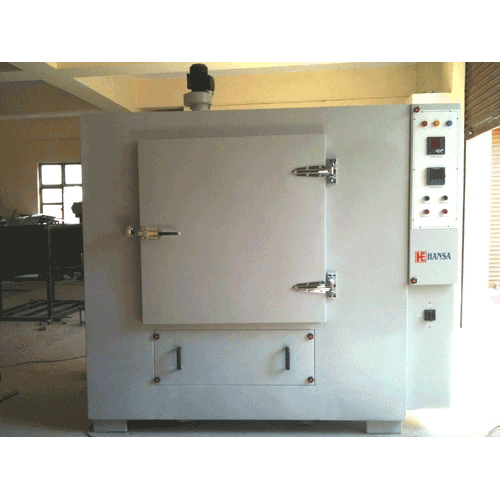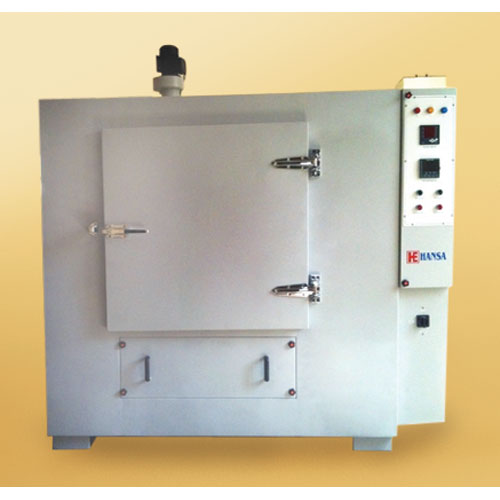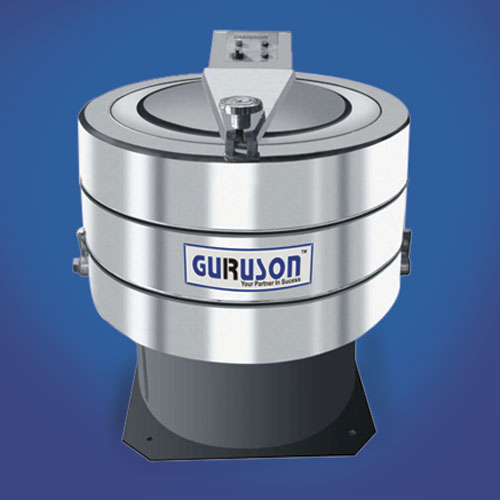Schedule a Call Back
Water damage restoration vouching for restoration of assets rather than replacing it
 Industry News
Industry News- Jun 27,22

Flooding can
have a catastrophic effect on the lives of people. It can damage the valuable
assets within the affected property and the severity escalates rapidly in
commercial and industrial spaces. Water in excess comes with a draining effect
and the damages incurred can interrupt the business activities and in extreme
conditions can even account for the shutdown of the business.
A huge
financial burden is levied on the company due to the colossal loss of assets
coupled with expensive reconstruction and replacement costs required to
reinstate the infrastructure of the property. The problem is further compounded
with the unbudgeted compensation as a result of high insurance claims that can
highly stake the profitability of the company.
Given that
the machinery, furnishings, and other miscellaneous articles in a commercial
and industrial setting are very costly, replacing them turns out to be a very
expensive affair. Therefore, timely restoration of water-damaged assets can
reduce the financial burden and at the same time ensure the continuity of the
business. Here, time is a very sensitive factor in combating the water menace.
The first 24 to 48 hours are very critical and require a solid emergency
disaster plan to tackle the flooding situation. For the effective execution of
the plan, highly trained professionals are essential who come with the proper
knowledge to deal with the problem. In addition to this, they are well equipped
with sophisticated technology and equipment to control the crisis and restore
the entire structure to its original state.
The
professionals employ
Water Damage Restoration (WDR) which is an emergency
service with the niche to dry and restore the damaged water assets. The process
achieves a two-fold task where it not only preserves, safeguards, and secures
the assets from further getting damaged but also safeguards the occupants from
any health hazard.
Drying is the
fundamental procedure in WDR. It eliminates water through different phases
entailing the removal of standing water which is followed by evaporation with
the help of air movement, and dehumidification. Throughout the process, it is
highly crucial to control the temperature for the thorough removal of water
from the affected area. Where removal of standing water gets rid of the excess
water in the space, evaporation helps in eradicating the saturated water from
the drywall, wood framing, and subfloors by converting it into vapour. The next
step of dehumidification is aimed at externally exhausting and removing the
moisture from the air. The inability to dehumidify the space can result in
secondary damage which can have a hazarding effect on the health.
Looking at
the gravity of the situation, desiccant-based dehumidification is the most
sophisticated and effective technique for removing moisture from the affected
material. Throughout the restoration process, monitoring the humidity level is
very imperative to escalate the drying process. Maintaining the relative
humidity within a very narrow range is important to curb the formation of wet
and moist conditions which renders a disastrous combination.
As the warm
air comes with more moisture holding capacity as compared to cool air, an
environment of high temperature with low relative humidity (RH) must be
provided to ensure the speedy evaporation of water. Moreover, the situation can
get out of control if the humidity level reaches 100% capacity, it can initiate
the formation of condensation on the surfaces harbouring favourable conditions
for the growth of fungus, mould, mildew, etc. along with corrosion and decay of
the moisture-sensitive material. Therefore, a perfect combination of
environments needs to be achieved where the temperature is maintained at 72°F
with RH between 50-55%. The evaporation process can further be amplified by
lowering the RH to less than 40%. To get productive results, it is important to
note that the space temperature is not increased throughout the process.
Considering the
complexity of the commercial and industrial space along with the vulnerability
of the articles, dehumidification is the most advanced solution for curtailing
the risk of condensation, and deterioration of furniture and building material
which can cost the company a huge amount if resorting to replacement of the
expensive assets.
About the author:
Rajesh Marwaha is the National Sales Manager at Technical
Drying Services. Technical Drying Services (Asia) Pvt Ltd, a Pahwa Group
company, is a leader in providing air solutions on rent for short-term moisture
removal, humidity control, drying and temperature control services.
Related Stories

Why dehumidification is must for surface preparation and coating?
Improper surface preparation accounts for 60 to 80% of premature coating failures. A proper dehumidification system in place helps in achieving the temperature, relative humidity, and dew points nec..
Read more
Water damage restoration vouching for restoration of assets rather than replacing it
Technical Drying Services Pvt Ltd, a Pahwa Group company, is one of the leaders in providing air solutions on rent for short-term moisture removal, humidity control, drying and temperature control s..
Read moreRelated Products

Heavy Industrial Ovens
Hansa Enterprises offers a wide range of heavy industrial ovens.

High Quality Industrial Ovens
Hansa Enterprises offers a wide range of high quality industrial ovens. Read more

Hydro Extractor
Guruson International offers a wide range of cone hydro extractor. Read more















